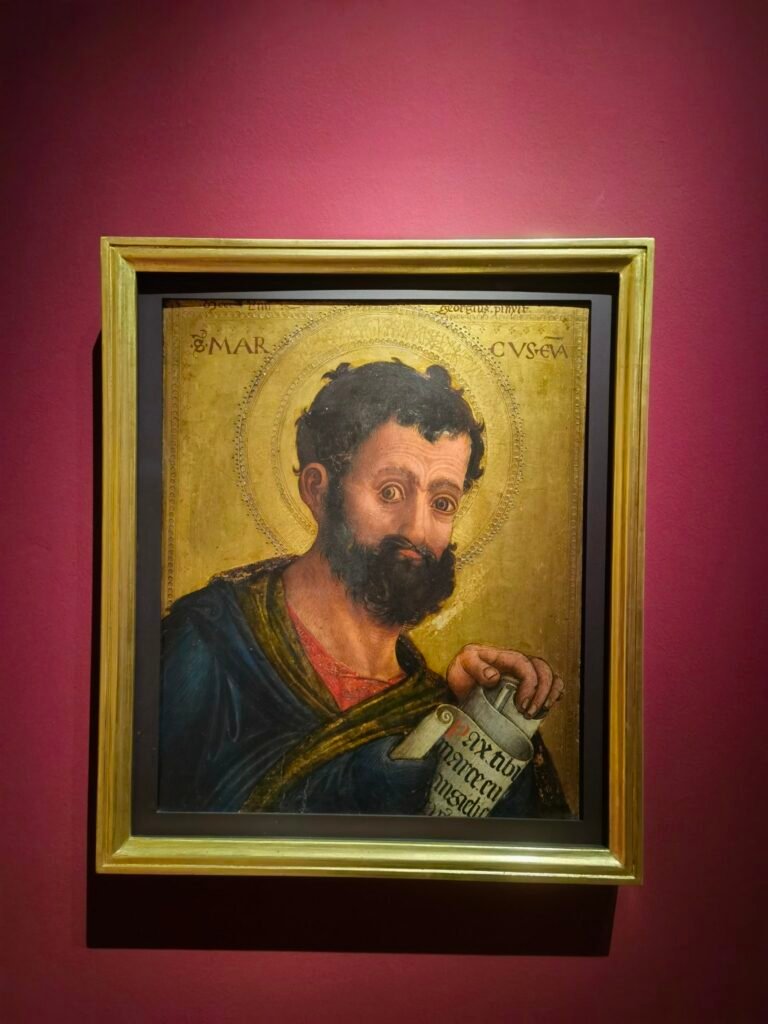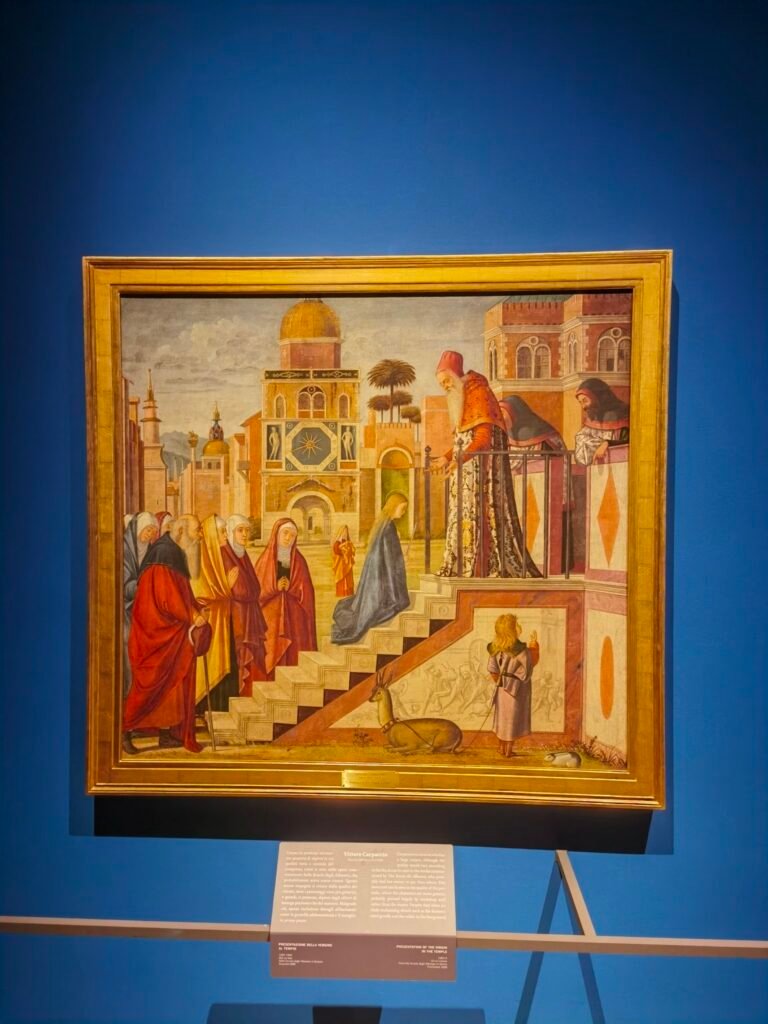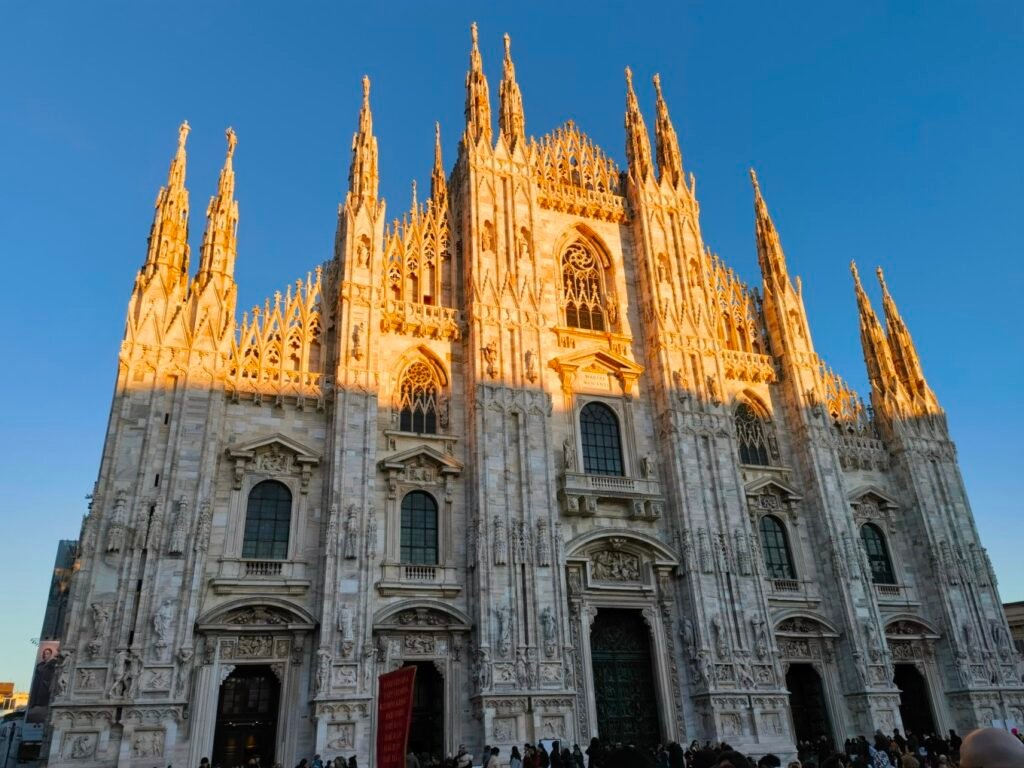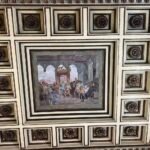Milan is a global center of fashion, art, and design, as well as a city of historical and cultural significance. It is one of the four major economic hubs in Europe. Milan is the birthplace of nearly half of the world’s luxury brands and serves as the headquarters for renowned Italian fashion houses such as Armani, Versace, Fendi, Prada, Gucci, Valentino, Dolce & Gabbana, Tod’s, Moschino, and Mediolanium (Milan).
The city is home to prestigious academic institutions like Politecnico di Milano and Bocconi University, with students comprising about 11% of the national student body. Milan also hosts prominent sports teams, including football giants AC Milan and Inter Milan, and the basketball team Olimpia Milano.
Additionally, Milan will co-host the 2026 Winter Olympics with Cortina d’Ampezzo.
Milan Cathedral, located at the heart of Milan’s central square, is one of the largest Gothic cathedrals in the world and a Catholic place of worship, ranking among the top five largest churches globally.
Construction of the cathedral began in 1386, with the completion of the vaults in 1500. In 1774, the La Madonnina (a gilded statue of the Virgin Mary) was erected atop the highest Gothic spire by Giuseppe Perego, becoming a symbol of Milan. The cathedral’s construction was officially completed in 1965, spanning five centuries. Napoleon held his coronation in Milan Cathedral in 1805.
The rooftop is a popular spot for visitors, and in winter, the best time to go is around 3 PM to catch the sunset, as it may be missed if you arrive too late.
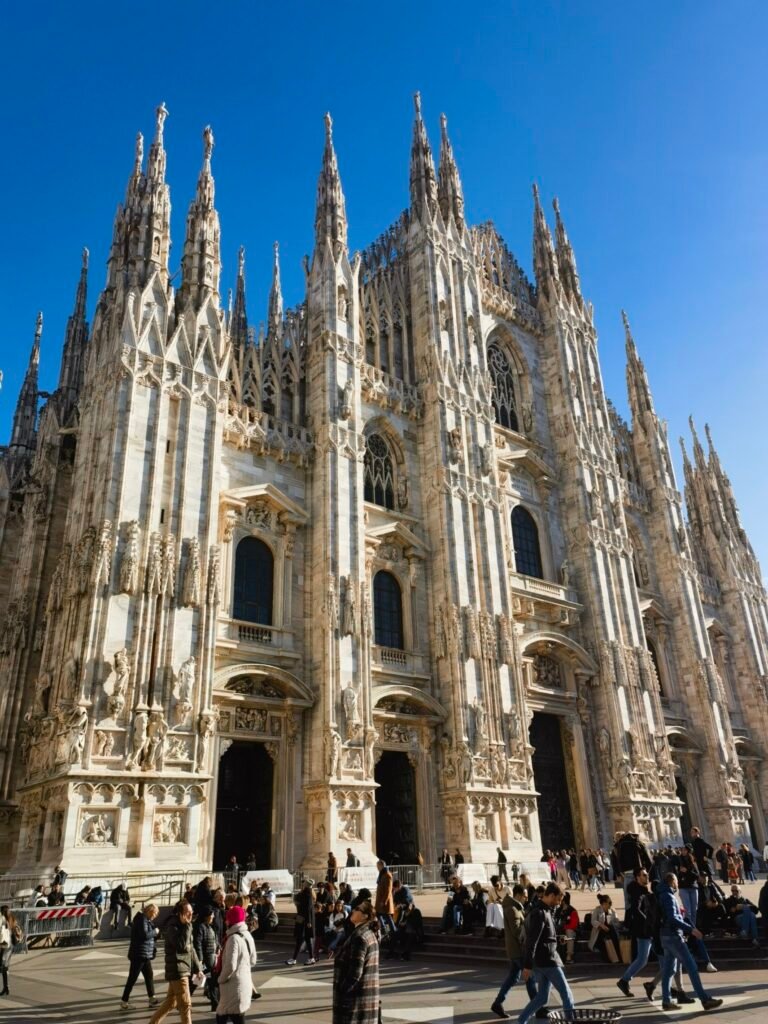

The cathedral’s high altar was designed by Pellegrini in 1581, surrounded by a five-foot-high railing. At its center, a tabernacle is adorned with eight gilded bronze columns supporting a canopy that shelters a bronze statue of Christ, carried beneath by four small angels.
At the very top of the main altar, a red spot marks the location of a relic said to contain one of the nails used to crucify Jesus, housed within a red shrine. In honor of Jesus, the Holy Nail is taken down for veneration over three days each year. It is said that Leonardo da Vinci invented a lifting device specifically for the nail’s transportation.
The nave’s ceiling rises 45 meters above the ground, with the hall divided by four rows of columns. Each column stands 40 meters tall with a diameter of 10 meters. In addition, 12 smaller columns provide further support to the vaulted ceiling, which weighs an impressive 14,000 tons.
A building gains meaning only when it is experienced—when it is perceived through the senses of its inhabitants and becomes the setting for rituals and actions. Architecture offers a framework, vision, and stage for us to experience and interpret the world. Immersed within it, architecture prompts reflection and invites people to engage with their thoughts and perceptions.
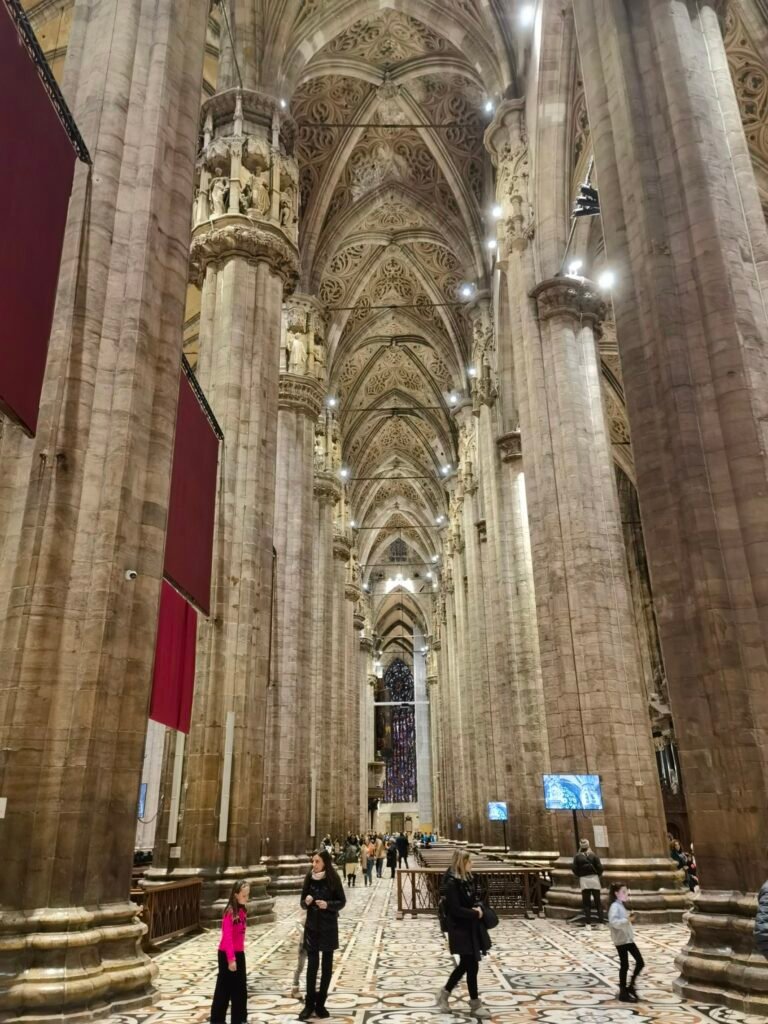

Galleria Vittorio Emanuele II
The world’s oldest shopping arcade—Galleria Vittorio Emanuele II—is a covered passageway with two intersecting glass-vaulted corridors meeting at a central octagonal space, crowned by a glass dome. It is situated in a prime location on the northern side of Piazza del Duomo in Milan, connecting to Piazza della Scala.
The arcade is named after Vittorio Emanuele II, the first king of unified Italy. It was initially designed in 1861 and built between 1865 and 1877 by Giuseppe Mengoni.
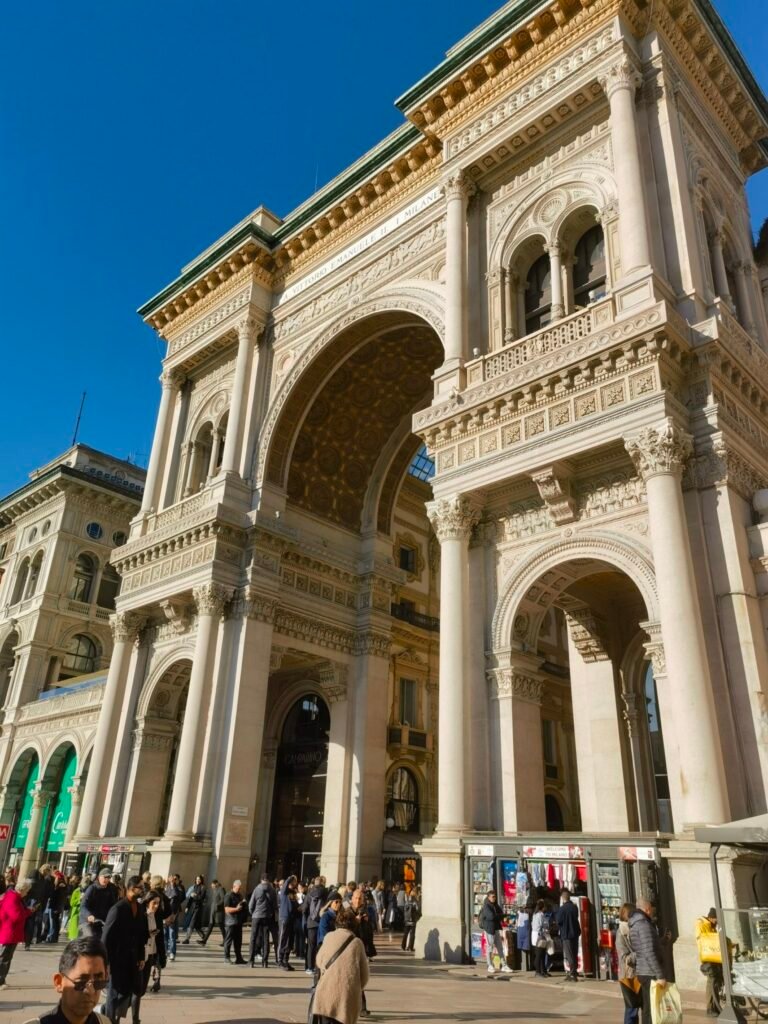

Sforza Castle
Rebuilt in 1450 by the Duke of Sforza as a fortress, it later became the residence of the Sforza family. The entire castle has a square layout with a large park and high surrounding walls. Inside, the castle museum houses numerous artworks and artifacts of great artistic and historical value.
Initially constructed in 1368 by the Visconti family, rulers of Milan, it was once damaged but later expanded with contributions from several renowned artists. Leonardo da Vinci worked on the castle’s hydraulic systems and designed mechanical structures for the theater.
The castle now hosts museums, a library, and galleries with collections of sculptures, furniture, and paintings. The library holds 1,500 manuscripts, and the sculpture gallery features works by Leonardo da Vinci and Michelangelo.
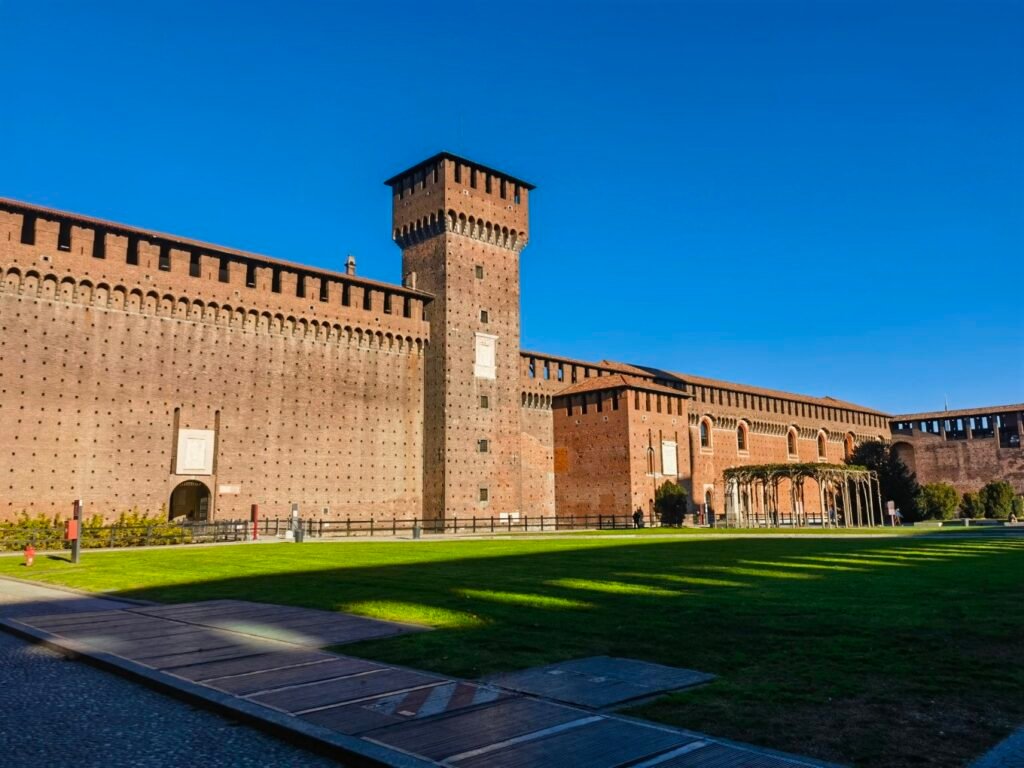

Santa Maria delle Grazie – The Last Supper
Santa Maria delle Grazie Monastery is located in Milan’s Santa Maria Square. On the north wall of the church’s refectory, you’ll find Leonardo da Vinci’s iconic painting, The Last Supper.
Tickets must be booked several months in advance, as daily visitor numbers are limited. If you don’t have the time to book yourself, consider using a ticket agent, though the price may be slightly higher. It’s worth it to see this masterpiece—truly a once-in-a-lifetime experience.
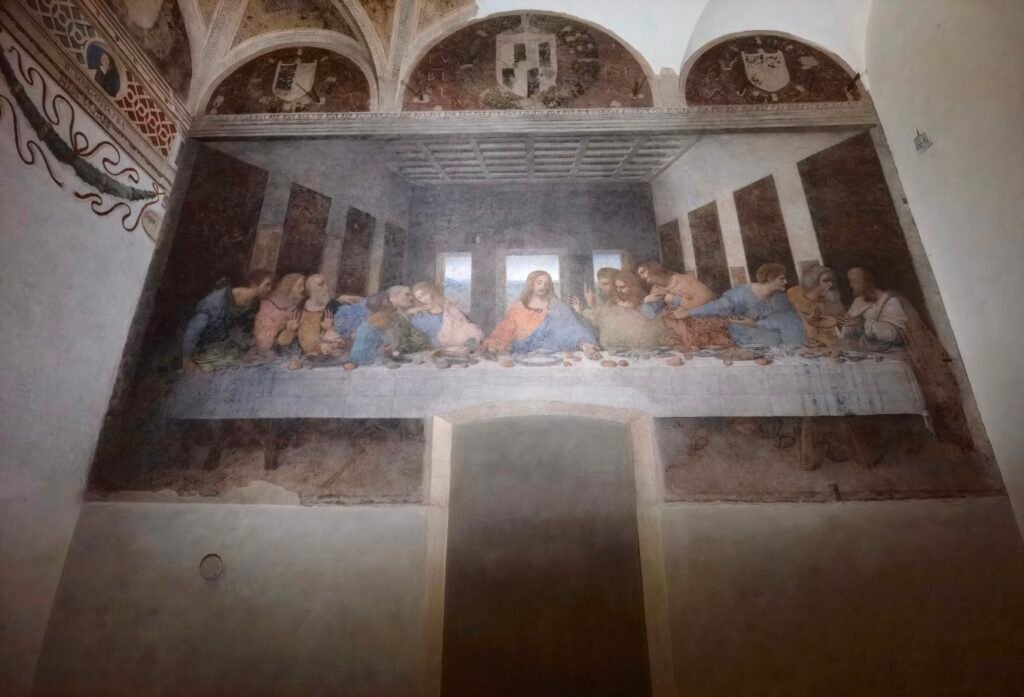
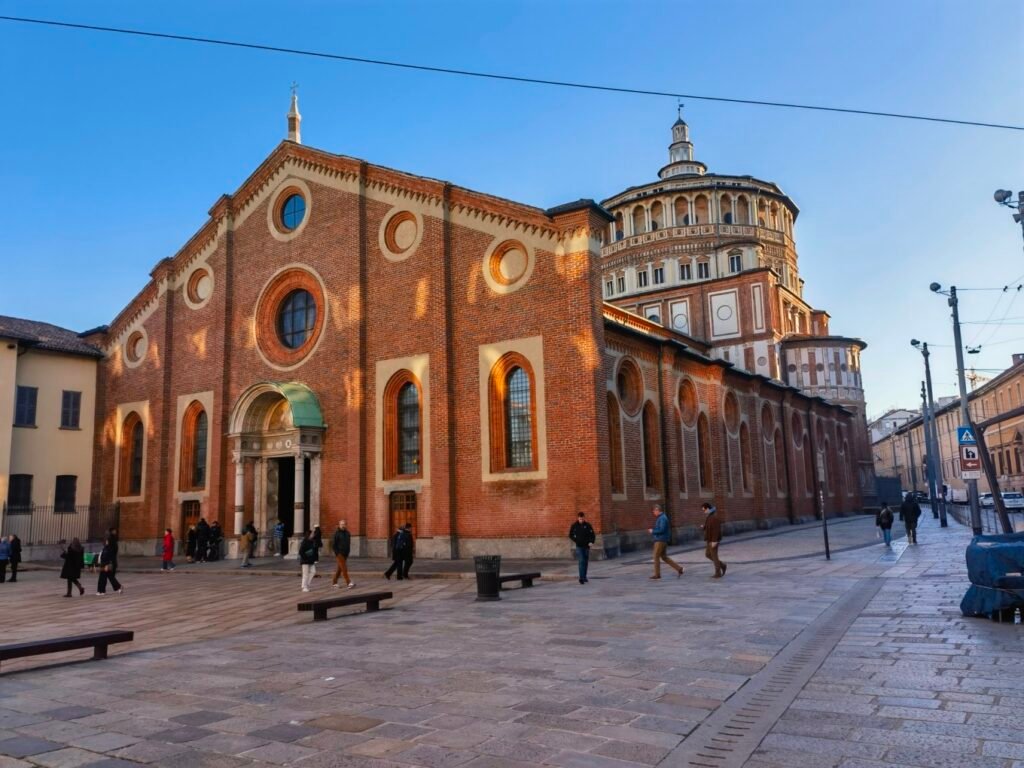
Sempione Park
Sempione Park is a large urban green space in Milan, located behind the Sforza Castle. Construction began in 1888, with the park designed as a public area for strolls, horse races, and celebrations during the revolutionary period.
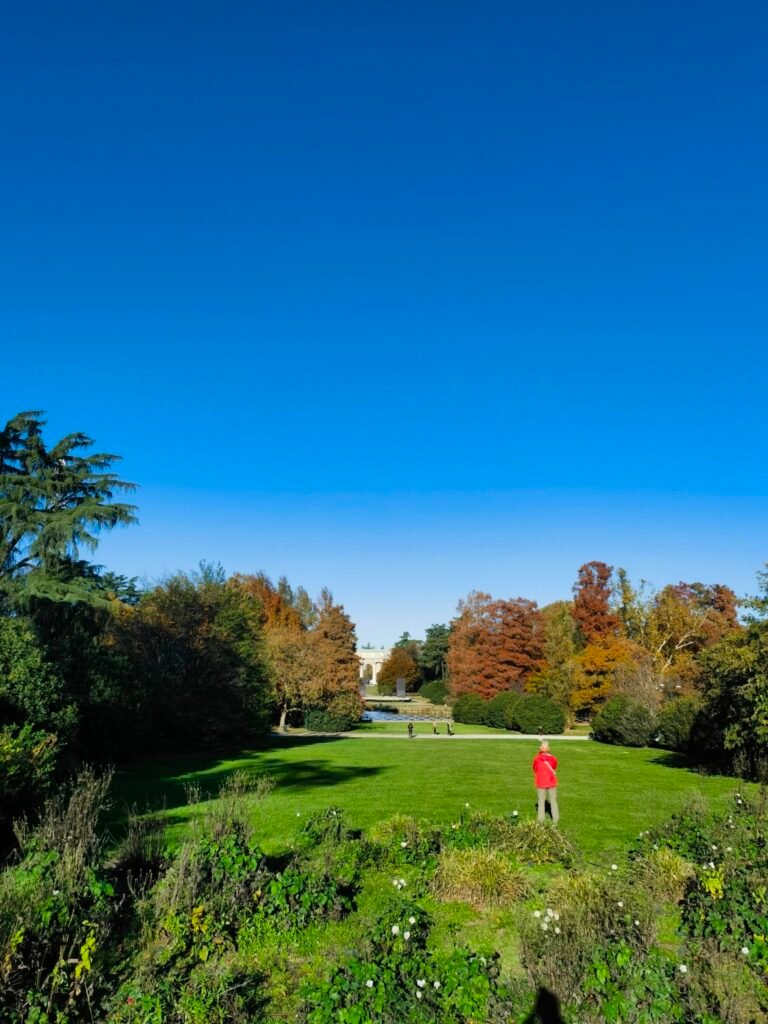
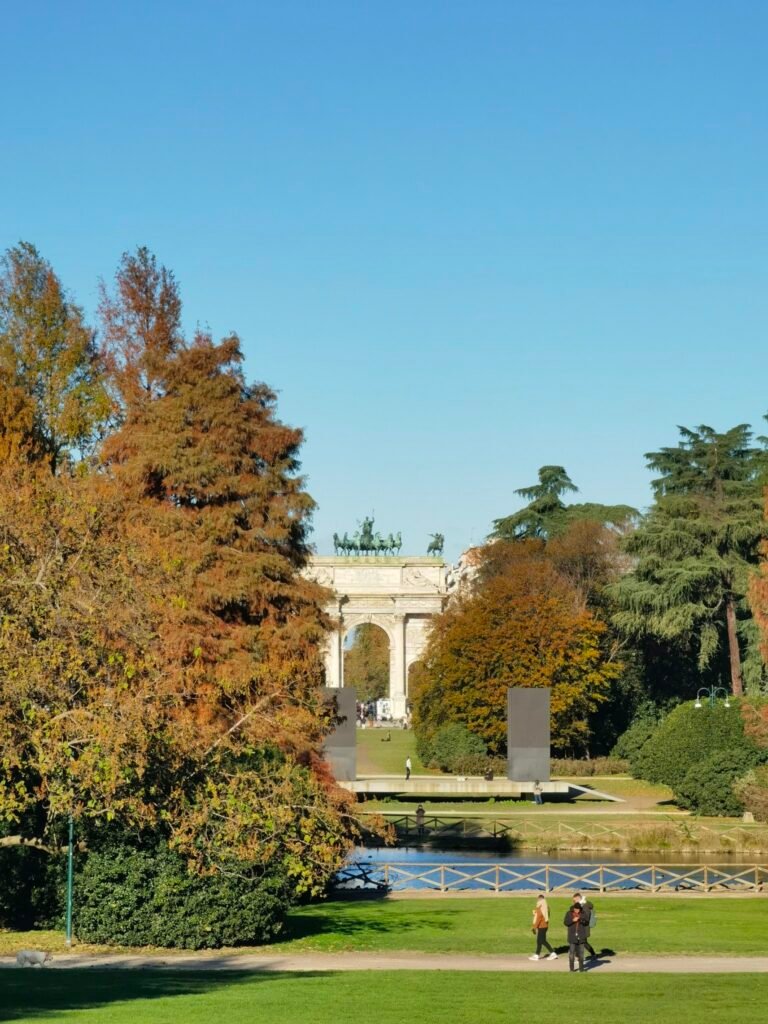
Arch of Peace
The Arch of Peace (Arco della Pace) is located north of Sforza Castle and was built during the 19th century under Napoleon’s rule. It originally stood as part of the Roman walls, which were later incorporated into the castle structure, leaving the arch standing independently. Today, the area around the Arch of Peace is one of Milan’s nightlife hotspots.
Napoleon commissioned the arch in 1807 to celebrate his victories across Europe, but it was left unfinished after his defeat at Waterloo. At the top of the arch, a bronze statue of the Goddess of Peace holds an olive branch while standing on a chariot pulled by six horses. The contrast between the dark bronze and the white marble gives the monument a unique and elegant look.
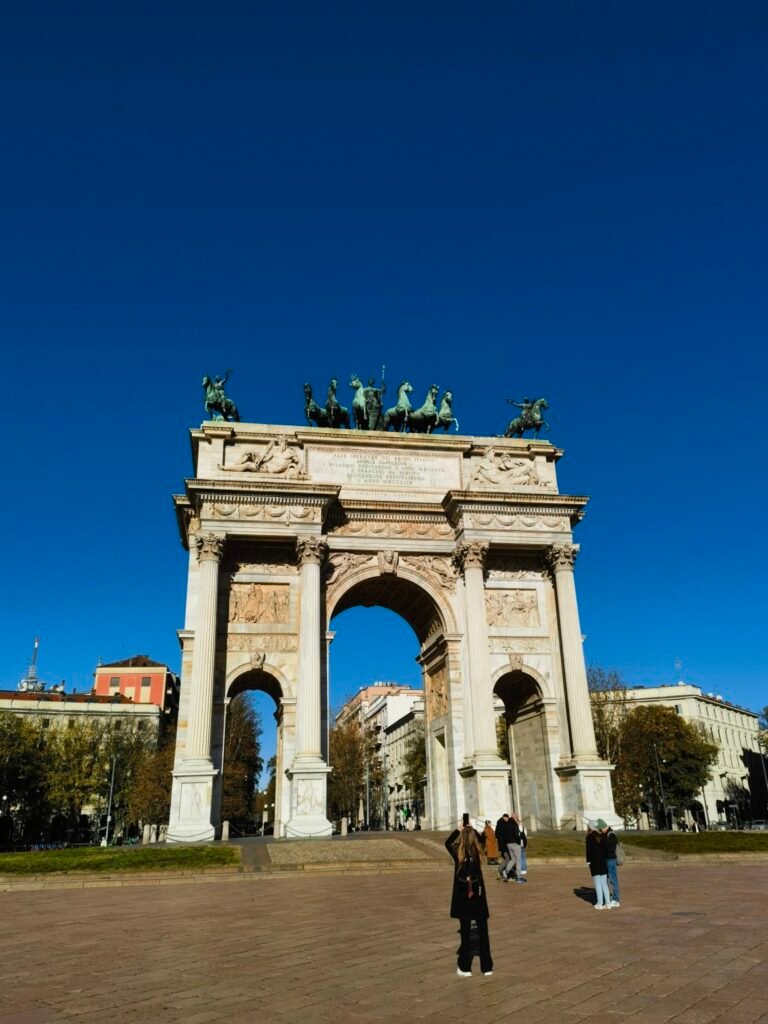
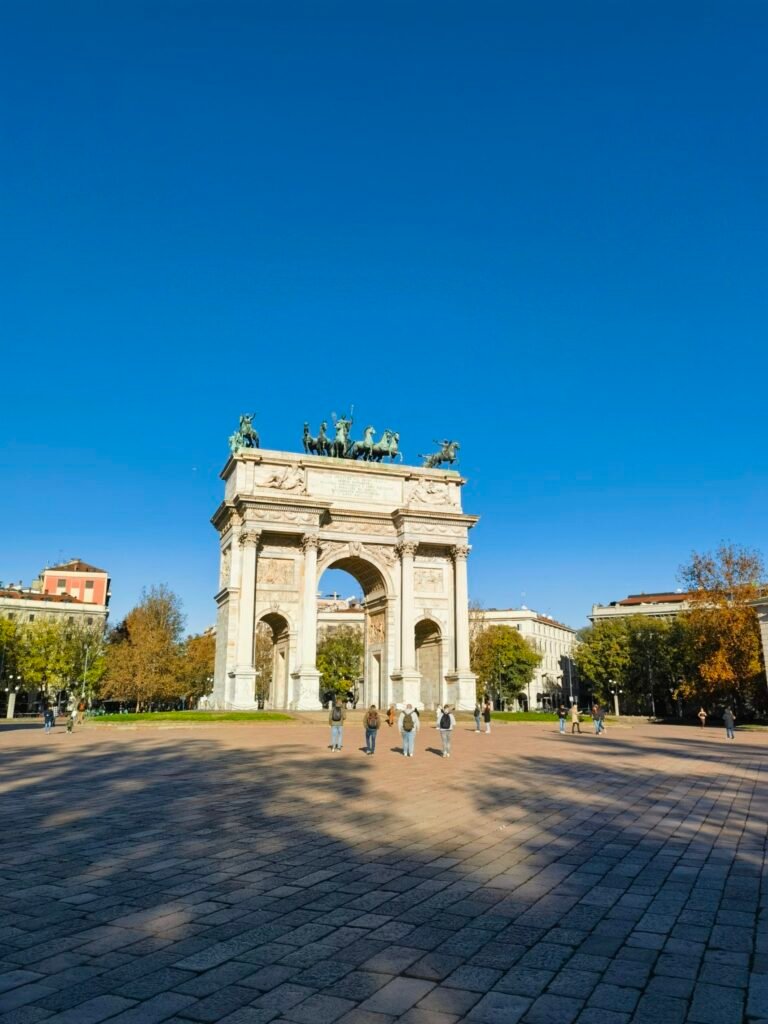
Brera Art Gallery
The Brera Art Gallery (Pinacoteca di Brera) is Milan’s most iconic museum, showcasing masterpieces from the 15th to 18th centuries, particularly from the Lombard and Venetian schools. If you want to immerse yourself in the artistic atmosphere of Northern Italy’s Renaissance, this is a must-visit destination.
Some of the gallery’s most renowned treasures include:
- Raphael’s The Marriage of the Virgin: A stunning display of Raphael’s skill, this artwork is regarded as one of the gallery’s signature pieces.
- Mantegna’s Lamentation of Christ: Known for its emotional depth and masterful details, this painting leaves a lasting impression.
- Titian’s Saint Jerome in Penitence: A leading figure of the Venetian school, Titian’s works hold a prominent place in the gallery.
- Piero della Francesca’s Montefeltro Altarpiece: This altarpiece stands out for its intricate details and profound subject matter.
- Francesco Hayez’s The Kiss: This intimate portrait of a passionate kiss is celebrated for its vivid emotional expression and refined technique.
These masterpieces not only highlight the essence of Brera’s collection but are also considered invaluable gems in the history of Italian and world art.
